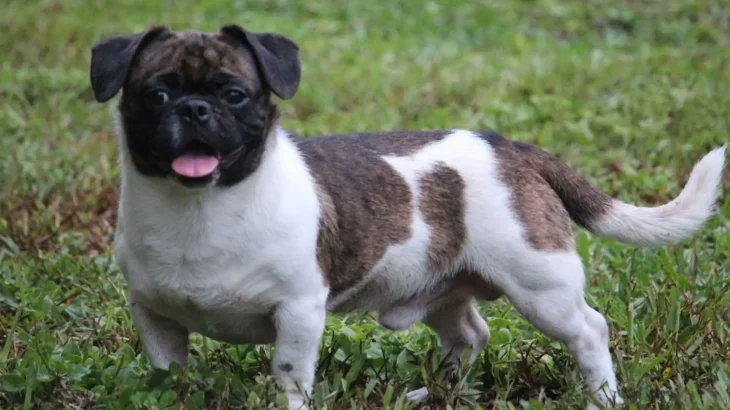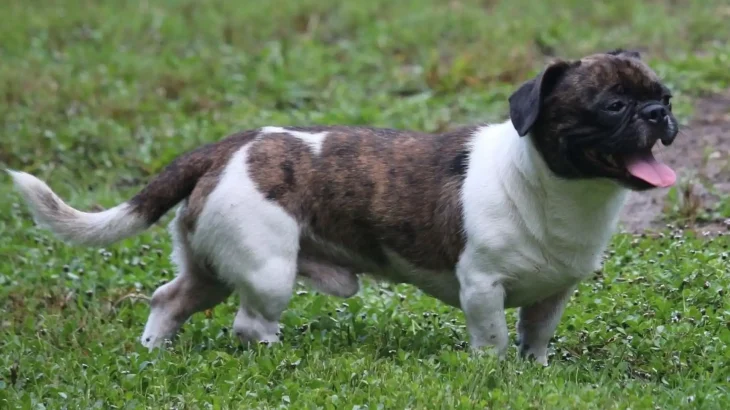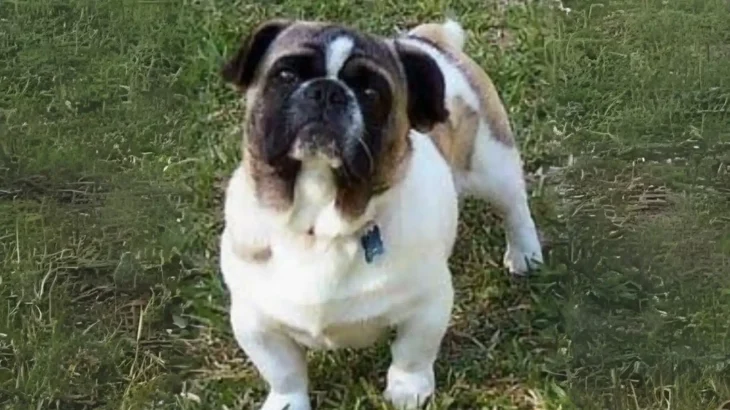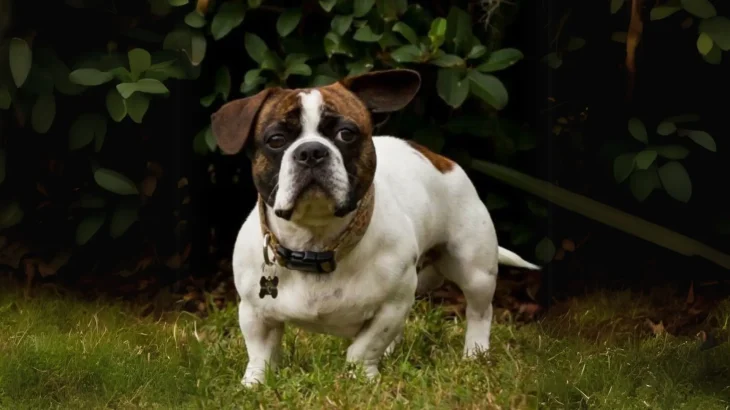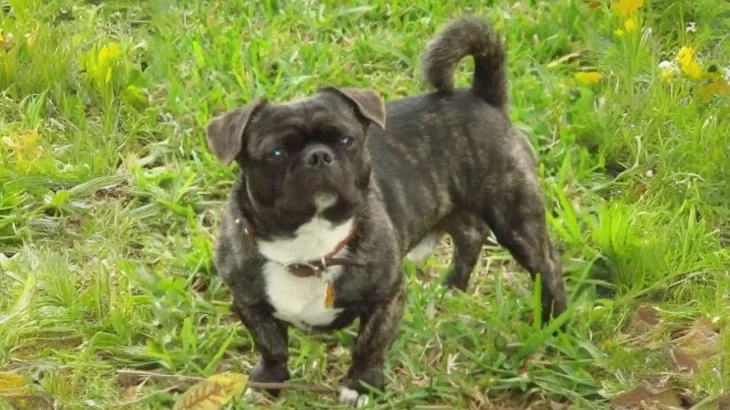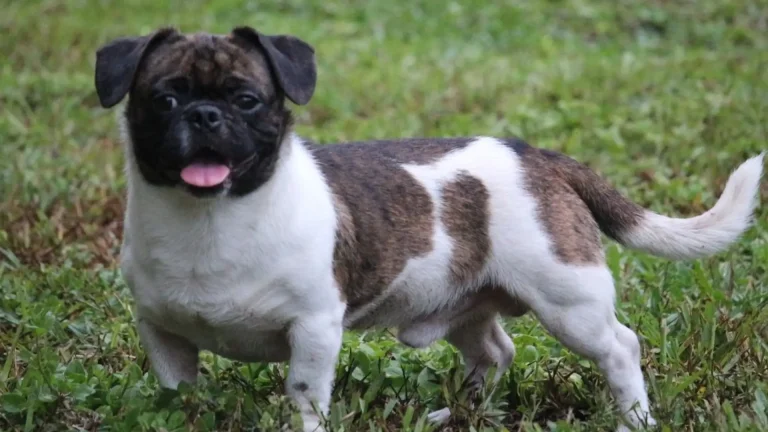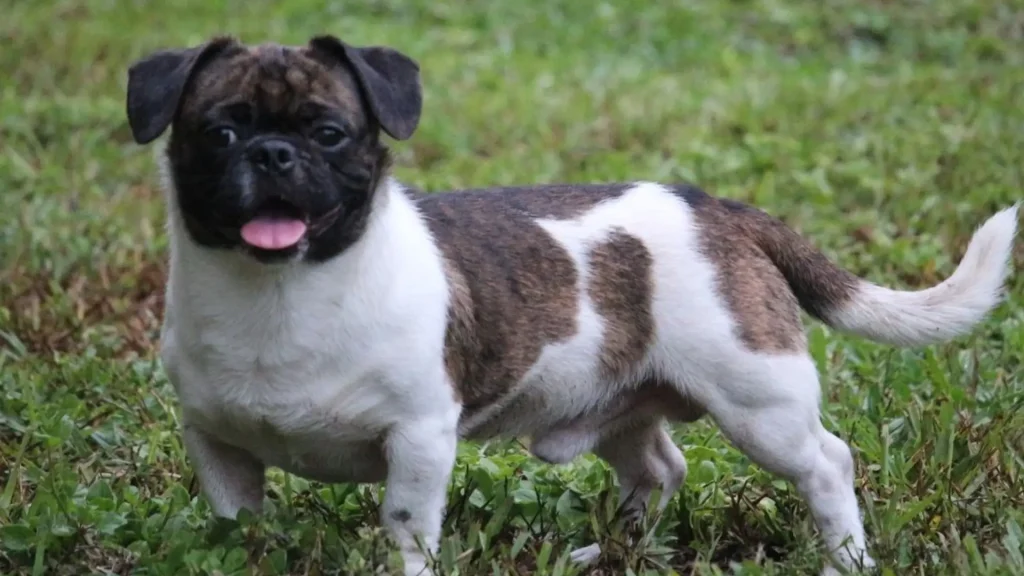When insuring an American Bullnese, pet insurance helps owners manage unexpected vet costs. This muscular, playful breed may face health issues needing care, which can be costly. Insurance covers many expenses and offers peace of mind, especially for accidents or sudden illnesses like toxin ingestion or surgery.
Health and Surgery Coverage
Pet insurance often covers vet visits, diagnostics, medications, and surgeries related to accidents or illnesses. This helps with costs from issues like joint problems or skin conditions, which can occur in muscular dogs. Policies usually exclude pre-existing or hereditary conditions, so reviewing limits and co-pays is essential. Routine care isn't covered unless a wellness plan is added.
Liability Coverage
Liability coverage protects owners if their American Bullnese injures someone or damages property. This breed is strong and energetic, so accidents can happen. Liability coverage helps reduce financial risks from claims but might not be included by default and can increase premiums.
Alternatives to Pet Insurance
Some owners prefer emergency savings or pet healthcare plans. These avoid monthly premiums but lack broad protection and predictable costs. Without insurance, expensive treatments may deplete savings, while insurance offers structured coverage despite monthly payments.
Owner Costs and Payment Responsibilities
Insurance plans usually have deductibles and co-pays, meaning owners pay part of vet bills. This balances premiums with out-of-pocket costs. Wellness care like vaccinations often requires additional coverage. Knowing these details helps avoid surprises.
Advantages and Disadvantages of Pet Insurance
Insurance protects against costly emergencies or illnesses, easing financial stress and improving care access. Downsides include premiums, coverage limits (especially for pre-existing conditions), and sometimes complex claims. Some may find saving money independently more practical. The choice depends on finances, risk tolerance, and breed-specific risks.
For example, if an American Bullnese ingests toxic chocolate, emergency vet care could be costly. Insurance lets owners act quickly without upfront financial strain, highlighting its value for strong, curious dogs like this breed.

